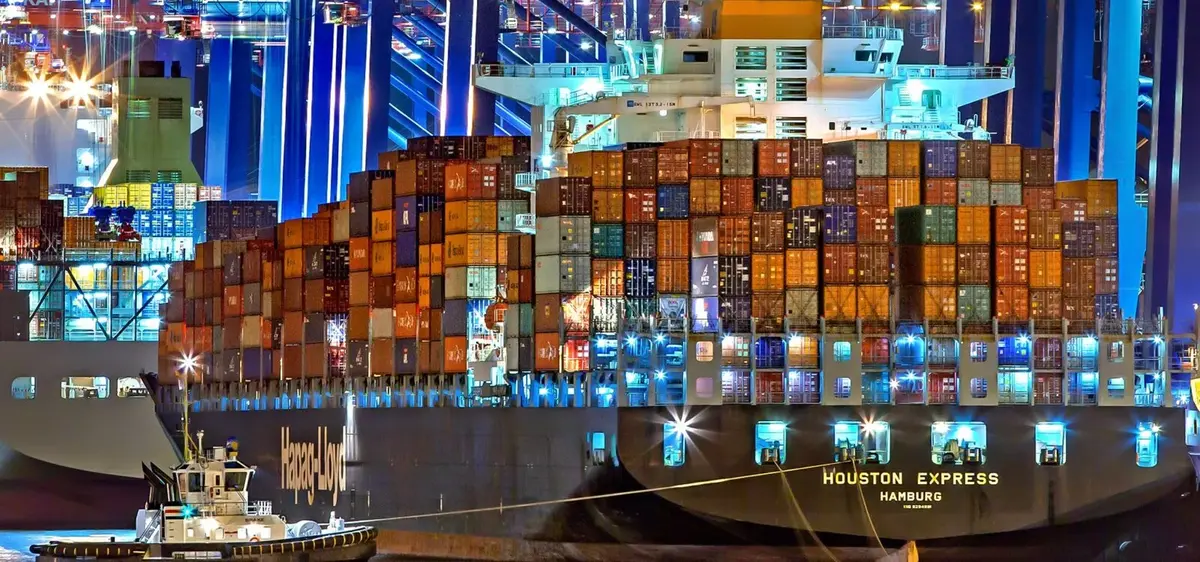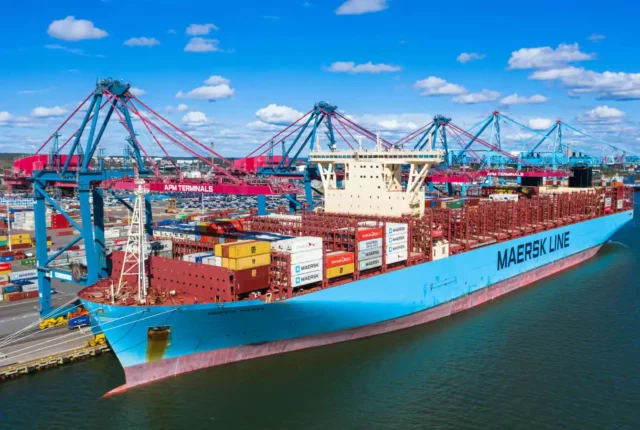
The Impact of 4PL on Australia’s Logistics and Freight Management
The logistics and freight management landscape in Australia is undergoing a significant transformation, driven by the rising adoption of Fourth-Party Logistics (4PL) services. But what exactly is 4PL, and how is it shaping the future of freight in Australia?
Simply put, 4PL refers to an outsourced logistics model where an organization oversees and manages the entire supply chain for a business, handling everything from procurement to delivery. This comprehensive approach is proving crucial in Australia, where complex supply chains span vast distances across states, territories, and even globally.
As businesses grapple with increasing costs, regulatory challenges, and the need for sustainability, 4PL offers an innovative solution. Let’s dive into how 4PL is revolutionizing Australia’s logistics and freight management sector.
Understanding 4PL: What Sets It Apart
Before we understand the full impact of 4PL, it’s important to know what differentiates it from Third-Party Logistics (3PL). While 3PL focuses on managing a specific part of logistics, such as warehousing or transportation, 4PL takes a more strategic role. A 4PL provider oversees the entire supply chain, acting as an integrator that brings together the resources and capabilities of various service providers, including 3PLs.
In essence, 4PL is all about optimizing the entire supply chain. It involves the use of cutting-edge technologies, integrated platforms, and deep logistics expertise to deliver a seamless solution, which can range from managing inventory to handling complex cross-border freight.
Current State of Australia’s Logistics and Freight Industry
Australia’s logistics industry is a crucial backbone of its economy. With a vast geographical area and significant freight demand due to its export-heavy economy, businesses rely heavily on efficient logistics to keep costs low and operations smooth.
However, traditional freight management in Australia has struggled with various challenges, such as rising fuel costs, regulatory compliance, and the sheer size of the country, which complicates delivery to remote areas. Additionally, the rapid growth of eCommerce has put immense pressure on supply chains, as consumers expect faster delivery times and lower shipping costs.
How 4PL is Revolutionizing Logistics in Australia
4PL is stepping up to solve these challenges by offering a comprehensive, end-to-end logistics solution. Here’s how it’s making a difference:
- Streamlining the Supply Chain: 4PL integrates all aspects of logistics in Australia—from procurement to warehousing and transportation—ensuring smoother operations with fewer bottlenecks.
- Real-Time Data and Analytics: By leveraging advanced data analytics and real-time monitoring, 4PL providers can optimize freight routes, reduce fuel consumption, and predict demand, leading to faster and more efficient deliveries.
- Partnerships and Resource Utilization: 4PL companies work with a network of service providers, ensuring the best use of available resources, reducing redundancy, and cutting costs across the board.
Advantages of 4PL for Australian Businesses
For businesses in Australia, 4PL brings numerous benefits:
- Scalability and Flexibility: 4PL allows businesses to scale their logistics operations quickly, making it ideal for companies experiencing rapid growth or fluctuating demand.
- Risk Management: By managing the entire supply chain, 4PL providers can proactively identify and mitigate risks, such as delays, supply shortages, or regulatory issues.
- Cost Efficiency: With the integration of services, businesses can lower their logistics costs significantly, whether through optimized routes or better inventory management.
Challenges Faced by 4PL Providers in Australia
While 4PL offers many advantages, it’s not without its challenges. Some of the key hurdles faced by 4PL providers include:
- Regulatory Compliance: Navigating Australia’s complex regulatory landscape—especially when transporting hazardous goods or managing cross-border freight—can be daunting.
- Coordination Complexity: Managing multiple service providers requires strong communication, and even minor lapses can lead to inefficiencies.
- Data Security: With 4PL providers handling sensitive data from various stakeholders, maintaining transparency while ensuring data security is a balancing act.
4PL and Freight Management During Disruptions
One of the most significant advantages of 4PL is its ability to handle disruptions. Whether it’s a natural disaster, pandemic, or supply chain bottleneck, 4PL providers have the flexibility and technological capability to adjust operations quickly.
During the COVID-19 pandemic, for instance, many Australian companies turned to 4PL to manage supply chain disruptions. With the ability to reroute shipments, manage inventory, and quickly source new suppliers, 4PL ensured that businesses could continue operations despite widespread logistical challenges.
4PL’s Contribution to Rural and Regional Logistics
For businesses in Australia’s remote and rural areas, logistics can be a costly and time-consuming affair. 4PL services help to alleviate these challenges by leveraging their vast networks and optimizing deliveries to these harder-to-reach locations.
By reducing transportation costs and improving supply chain efficiency, 4PL has made it more feasible for rural businesses to thrive and compete with their urban counterparts.
4PL and the Future of Freight Management in Australia
As logistics become increasingly complex, 4PL is set to play an even more significant role in the future of Australian freight management. Businesses will continue to rely on integrated solutions that provide end-to-end visibility, optimized performance, and cost-effective logistics management.
Predictions show that as eCommerce and global trade continue to grow, 4PL will become the go-to solution for businesses looking to stay competitive in a rapidly changing market.
How Businesses Can Transition to 4PL
For companies considering the shift to 4PL, the process involves careful planning and strategy. Key steps include:
- Assessing your current logistics needs and identifying inefficiencies.
- Choosing a reliable 4PL provider with a proven track record.
- Collaborating closely to ensure smooth integration and transparency throughout the process.
In conclusion, 4PL is not just a trend in Australia—it’s the future of logistics and freight management. With its ability to provide end-to-end solutions, leverage technology, and offer cost efficiencies, 4PL is transforming how Australian businesses manage their supply chains. As demand grows and challenges evolve, 4PL providers will continue to play a crucial role in ensuring that Australia’s logistics industry remains agile, sustainable, and competitive.
FAQs
WHow does 4PL improve supply chain transparency?
4PL providers use digital platforms to offer real-time monitoring of goods and logistics processes, enhancing transparency.
Can small businesses benefit from 4PL services in Australia?
Yes, small businesses can benefit by outsourcing logistics, reducing costs, and gaining access to better technology and expertise.
What industries in Australia benefit most from 4PL?
Industries like automotive, pharmaceuticals, retail, and manufacturing benefit significantly from 4PL services.






